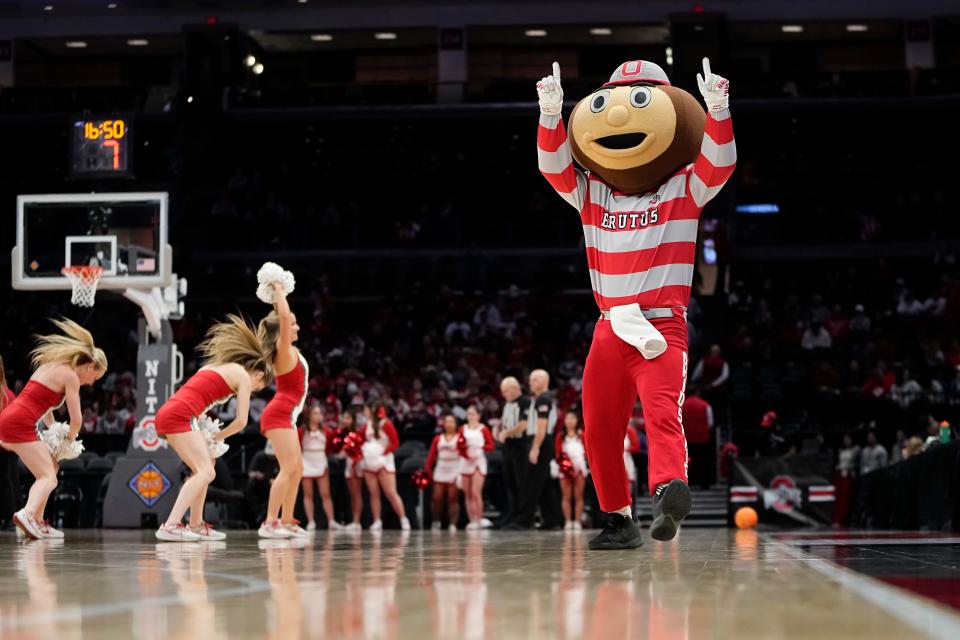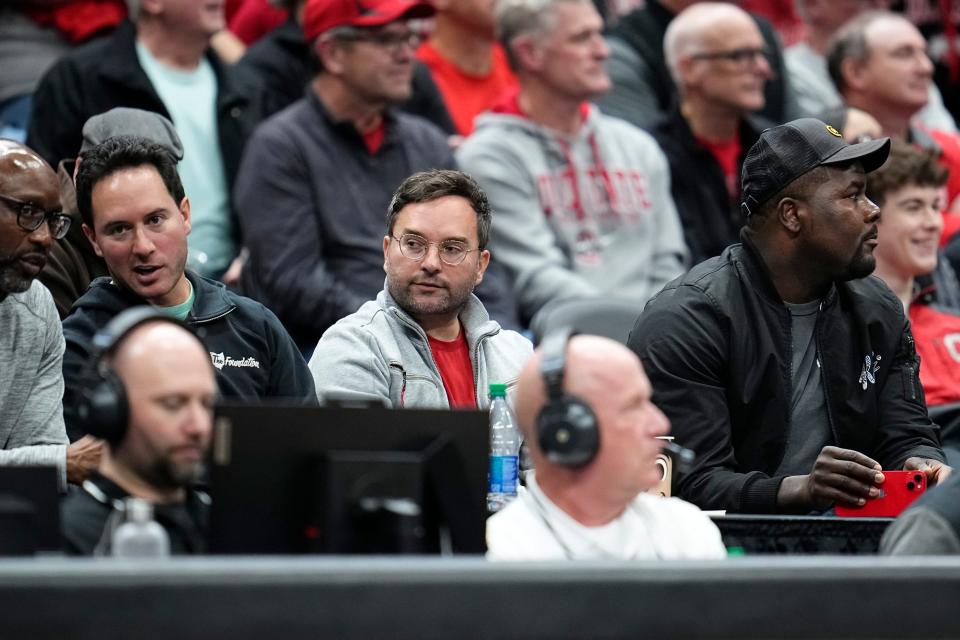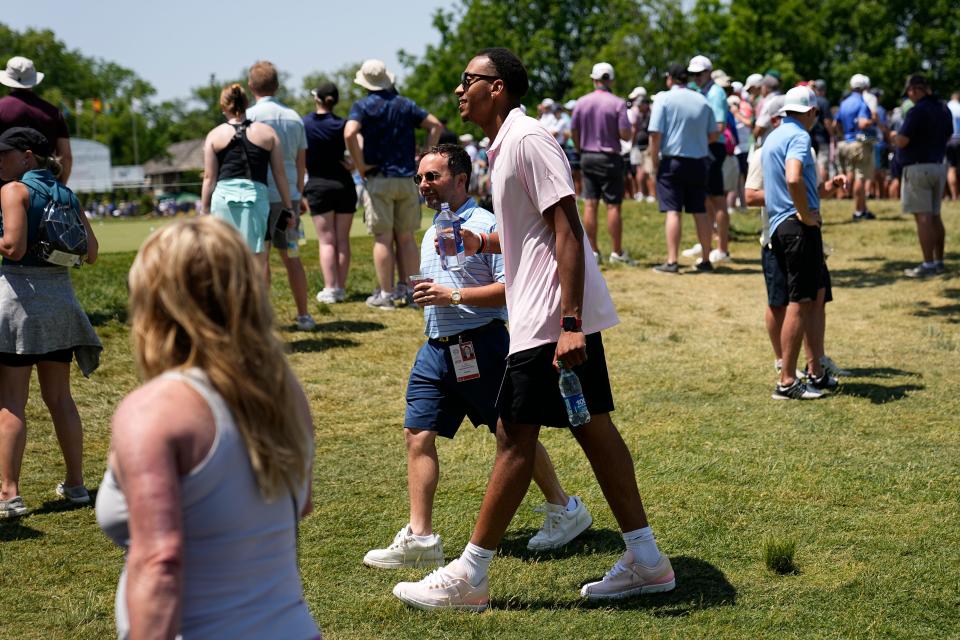Ohio State updates NIL guidelines allowing collectives to contact recruits, transfers

The Ohio State athletic department issued updated guidelines earlier this month clarifying the involvement of name, image and likeness collectives in recruiting.
In an education document sent to the well-heeled booster groups on March 13, the department spelled out how they can offer compensation to high school recruits and players in the transfer portal.
It was released in the aftermath of a court ruling that went against the NCAA in late February. A federal judge in Tennessee granted a preliminary injunction that blocked the association’s rules restricting collectives or other third-party organizations from reaching agreements with athletes prior to their enrollment at a university.
Since the NCAA adopted a temporary NIL policy in response to a series of state laws that took effect in 2021, it sought to prevent money from being dangled to prospective players as an enticement for them to sign with a particular school, referring to them as recruiting inducements.
But U.S. District Judge Clifton Corker wrote that the prohibition likely violates federal antitrust law, a decision that loosened the already small handful of regulations in the murky NIL landscape.
Ohio State’s new guidelines specify that boosters or collectives that operate as independent entities can contact recruits or transfers before they sign letters of intent or financial aid agreements to arrange deals, and vice versa. Negotiations can also take place in person.
“NIL collectives can contact a prospective student-athlete or those associated with the prospect about potential NIL opportunities at any time,” the guidelines read.
The update is set to have an immediate impact on THE Foundation, the oldest collective associated with the university.

Brian Schottenstein, a Columbus real estate executive who founded the group two years ago with former national championship-winning quarterback Cardale Jones, said they have been in touch with potential transfers in men’s basketball who put their names in the portal since it opened on March 18. He declined to identify any of the targets.
More: How much money did Ohio State nonprofit NIL collectives raise after their launch?
A nonprofit that relies on donations from fans and alumni to pay players to work with charitable organizations around central Ohio, THE Foundation also supports football.
When a second offseason transfer window opens for football on April 16, Schottenstein expects them to take a similar approach.
The Buckeyes were already a magnet for high-profile transfers in the sport this past winter, a haul that included Caleb Downs, an All-America safety at Alabama last season; Will Howard, a veteran starting quarterback from Kansas State; and running back Quinshon Judkins, who ran for 1,000 yards in consecutive seasons at Mississippi, to bolster a program that is perennially ranked in the top-10 and competes for one of the coveted berths in the College Football Playoff.
But under the new guidance, the collectives such as THE Foundation could take a more aggressive tact by negotiating with transfers as they are being courted by a number of schools or as soon as they make a verbal commitment to the Buckeyes.
“It’s a big change,” Schottenstein said. “It makes us even more powerful, because we now can actually do deals with recruits and transfer portal players.”

Drew Esler, the vice president of operations for The 1870 Society, a collective backing football and other varsity sports, declined to comment on the effect of the new guidance, though he wrote in a text message that the organization would “remain competitive in the landscape and are continually following the guidelines given to us by the university to ensure we follow NCAA guidelines.”
More: Join the Ohio State Sports Insider text group with Bill Rabinowitz, Joey Kaufman Adam Jardy
Before the NCAA’s enforcement of recruiting inducements was halted, the interactions between collectives and prospective student-athletes were limited.
The rules allowed only the recruits or transfers to contact collectives and prevented them from forming any agreements during their recruitment. That led to only broad discussions about the nature of the collectives’ work when Jones, the former Buckeyes quarterback, would speak with the prospective players.
“It was just general conversations about our collective,” Schottenstein said, “but not specific deals.”
Among the dwindling number of NIL restrictions that remain in effect are those that bar pay-for-play.
“There must be quid pro quo (do something to get something),” the guidelines read. “NIL deals may not be for athletic performance or achievement.”
Joey Kaufman covers Ohio State football for The Columbus Dispatch and can be reached at jkaufman@dispatch.com.
Get more Ohio State football news by listening to our podcasts
This article originally appeared on The Columbus Dispatch: Ohio State updates NIL guidelines related to collectives, recruiting
